How do you make an immersive but accurate historic VR experience for a museum?

We’re so glad you asked!
Our recent virtual reality museum project for the Derry and Strabane Tower Museum and Foyle Maritime Festival 2022 is a fantastic example of historic VR which is authentic and engaging.
We used LiDAR scans, stereoscopic video production, real life actors, 3D models, historic photographs and artefacts, voice actors, and props to recreate the experience of an Irish immigrant, journeying from Derry to New York in the 19th century.
Read more about the final Tower Museum virtual reality experience here, and read on to find out more about the process of creating historic VR experiences.
Step 1: The Team and Concept
Before you start creating historic VR or virtual reality museum content you need a strong vision.
All Curio projects start with storyboarding and wireframes, no matter the scope of the project, to make sure all parties agree on the story we’re going to tell and how users will experience and interact with that story.
But it’s not just the narrative we need to pin down. It’s the aesthetics of the experience – how realistic or stylised will the museum VR experience be?
How much freedom will users have? Can they explore the historic VR scenes at their own pace and in any order, or simply teleport from one place to another in a predetermined route?
What level of interactivity does the client want? Is it enough to look and listen to the historic VR or should there be a game, challenge or puzzle to solve before users can move on?
Will there be instructions within the virtual reality museum experience, either via text or an in-game guide, or will there be a member of staff manning the experience in the real world to instruct users?
The answers vary wildly from project to project, often influenced by your visitors, target audience, timescale, budget, and staffing.
Luckily, whilst the concept team deliberate, the next phase is already underway…

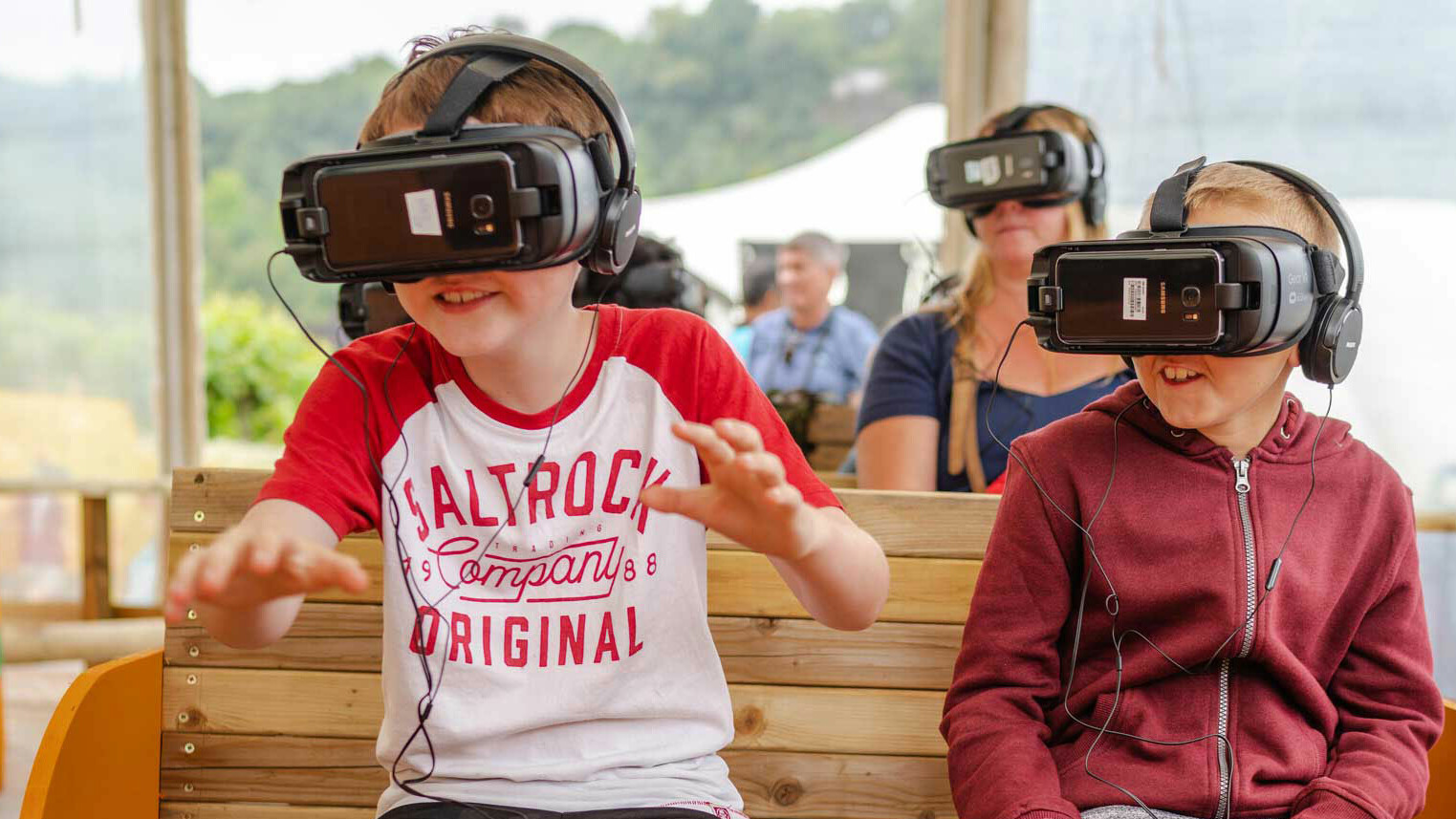


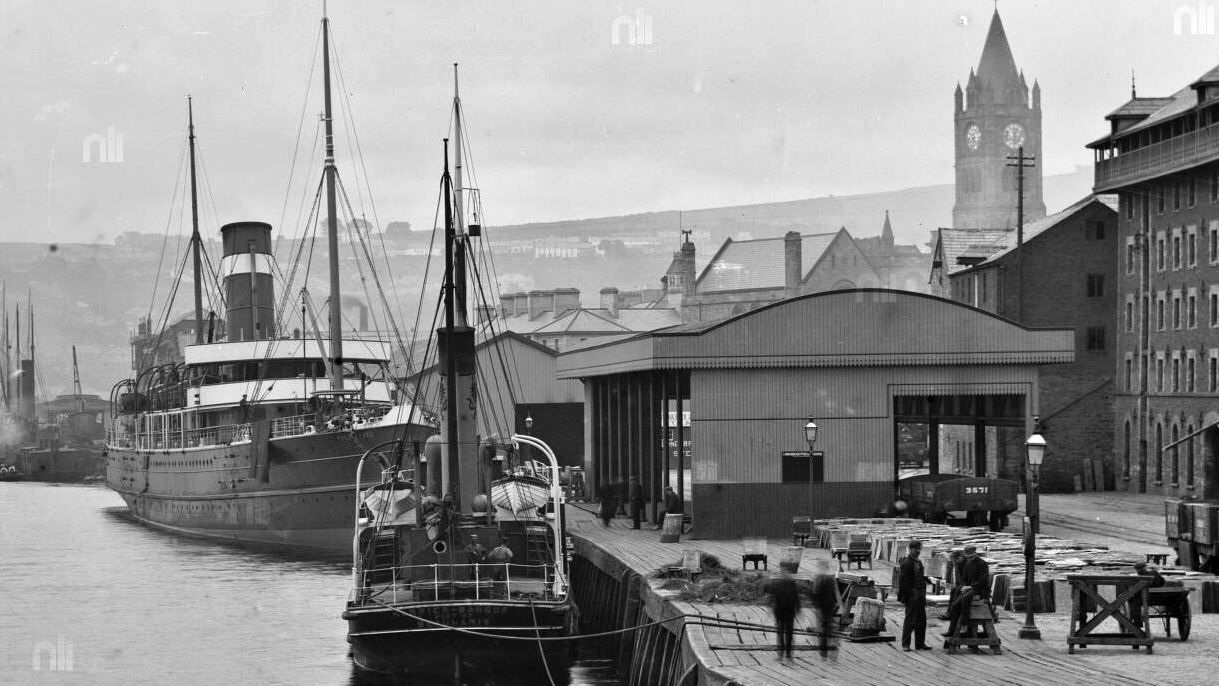
Step 2: Research and Scripting
Once a project is green lit we start amassing as much information as we can about the era, location, events, individuals… and the more visual references we can gather the better.
We use primary resources including archival documents, historic photographs, newspapers and advertisements, letters and diaries to build up a picture of the scene and people we need to portray.
As well as giving us a strong visual reference, these documents also often provide ideas – and even lines – for scripts. Given we make virtual reality content for museums and heritage organisations, we want our experiences to be as accurate as possible: from the topics discussed to the accents, colloquialisms and vocabulary that users will hear in the scenes.
Our Irish immigration VR experience features characters drawn from a passenger diary, whilst our American Civil War experience includes quotes from soldiers’ letters. This adds a vital element of realism and grounds our immersive content in reality.
Step 3: 3D modelling
Once we understand the historical context of the environment we need to build, we begin 3D modelling. Often we start with the terrain, mapping out the space with rivers, hills, roads, valleys – anything which affects the surface of the scene.
Then we add in large structures, like buildings, boundary walls or ships, before adding in objects like horses and carts, barrels or deck chairs.
After we’ve placed these foundational aspects of the scene we can play with textures, lighting, and effects to bring the scene to life.
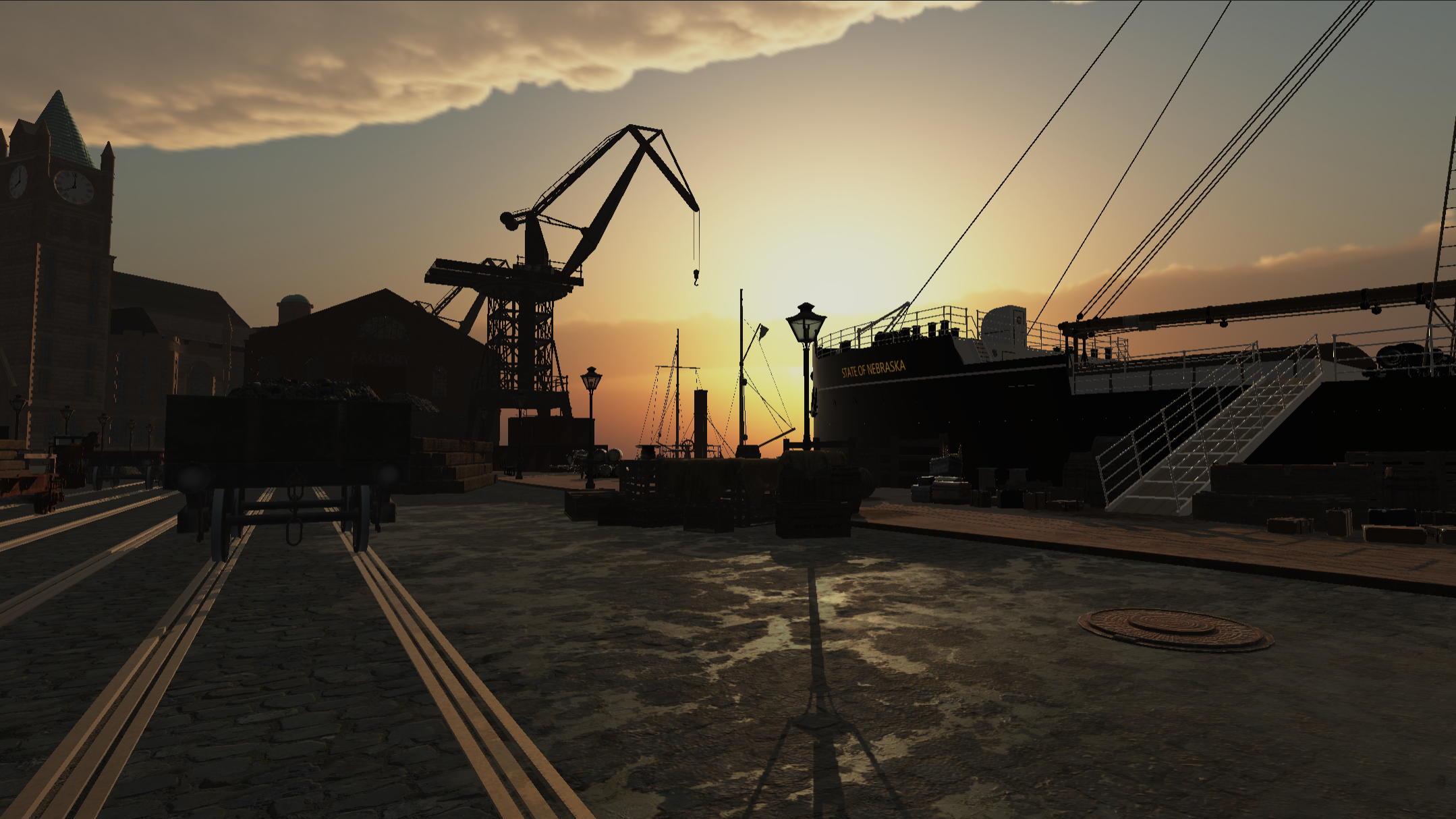
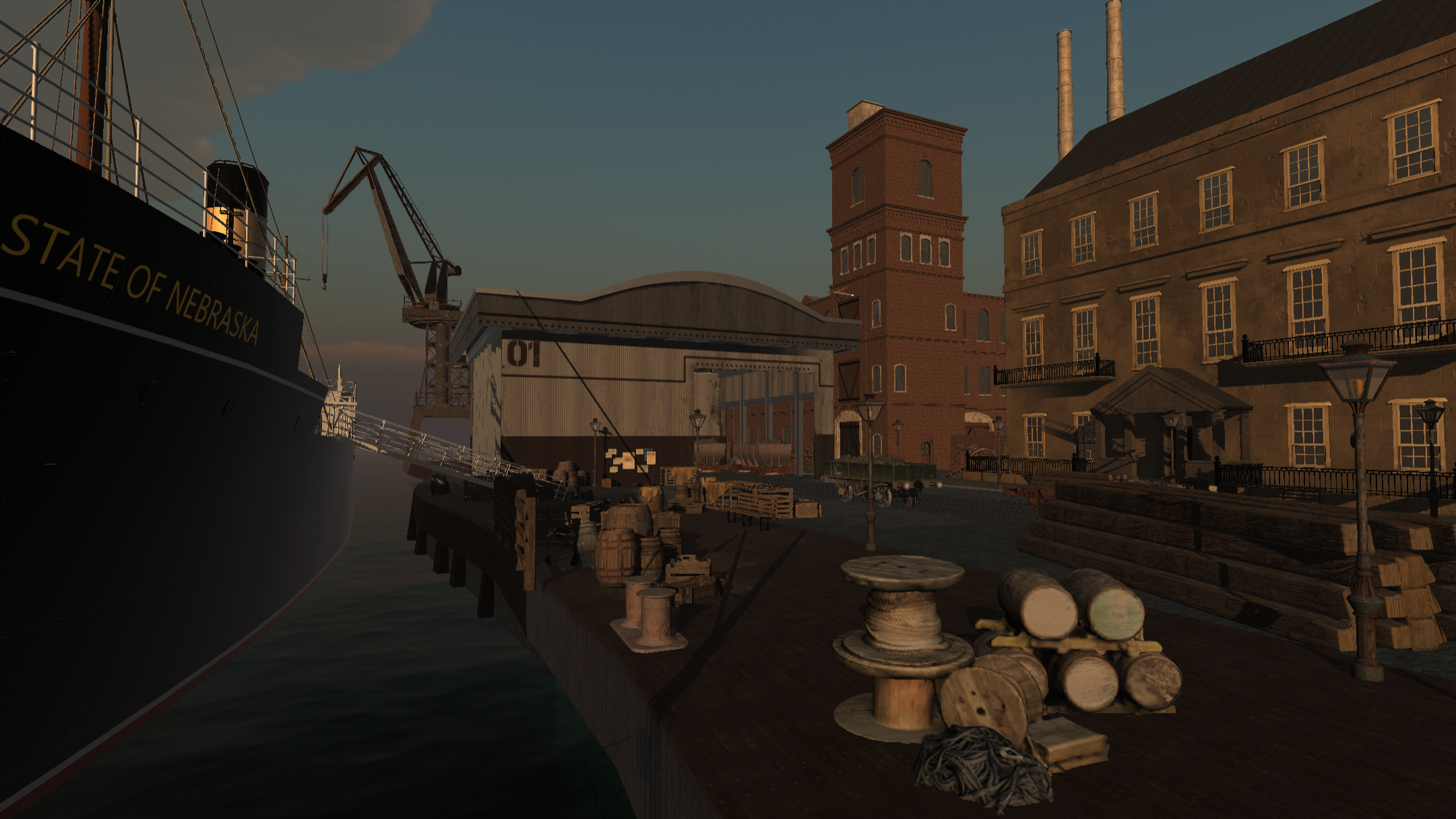
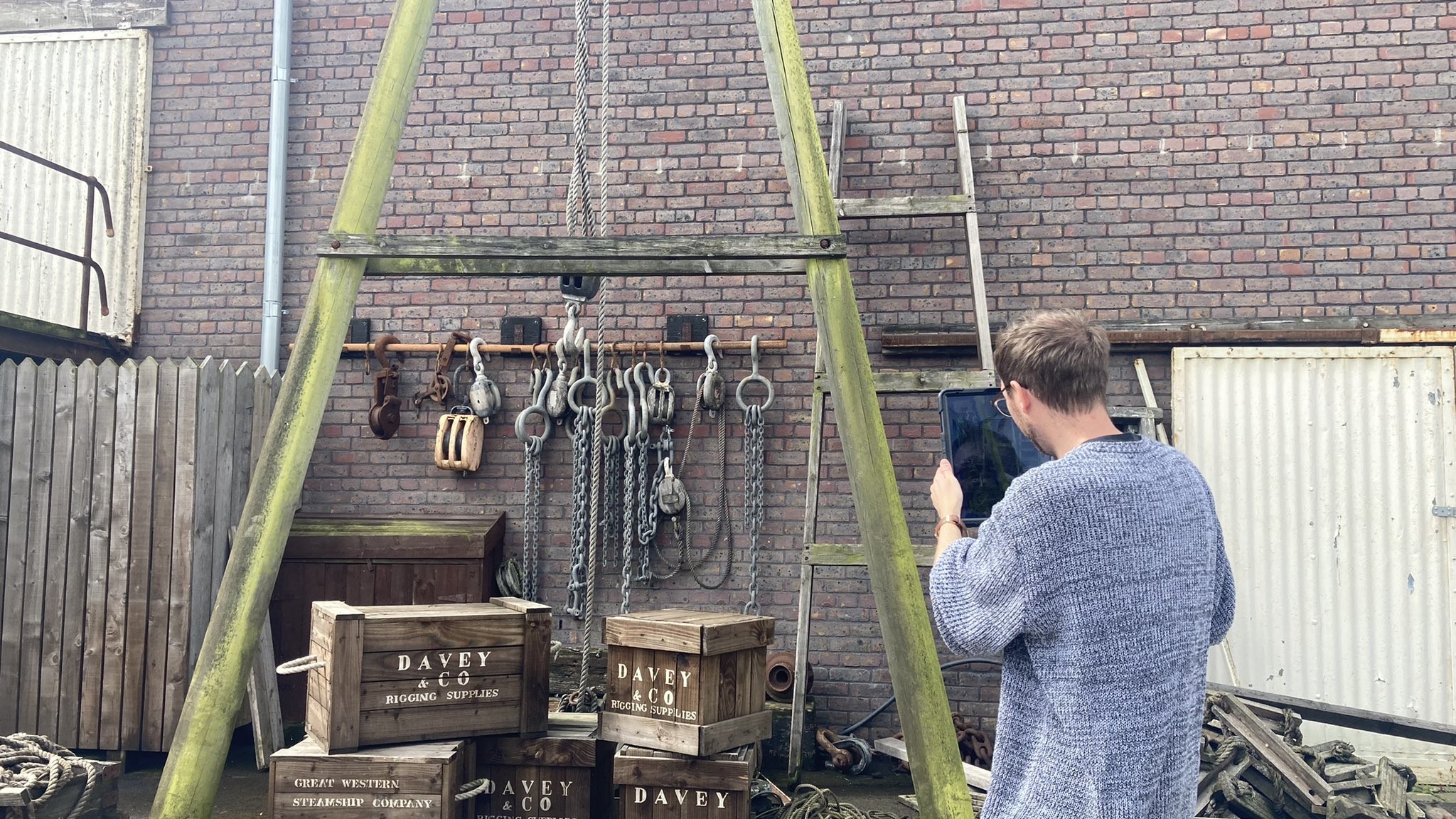
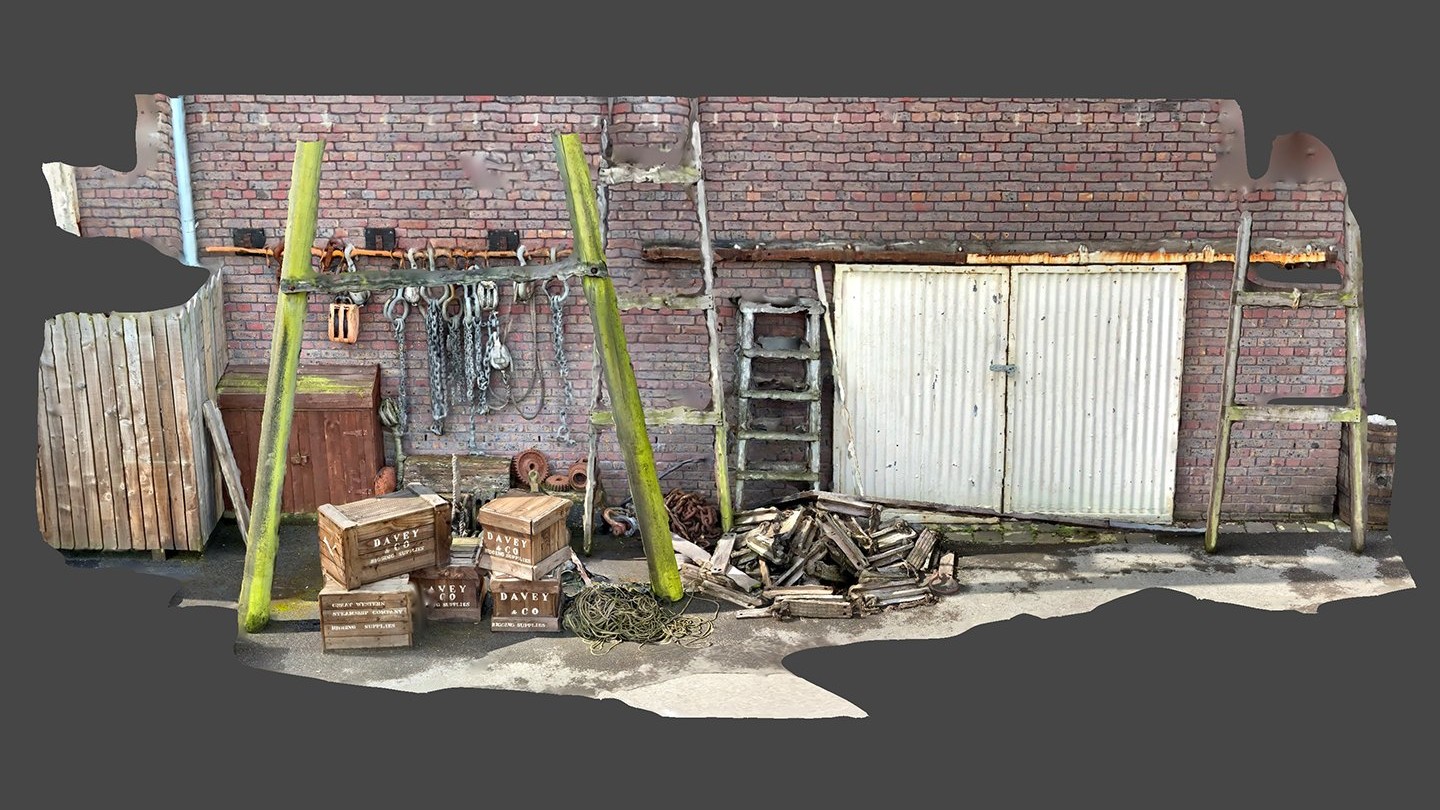
Step 4: LiDAR scanning
Sometimes we work on projects where we need to conduct 3D scanning to ensure a virtual scene feels full and realistic. Adding in 3D scanned real objects from the time period is a great way to share digitised collections, as well as ensuring your VR experience is adequately furnished.
For example, filling up a nineteenth-century dockyard requires a lot of props and furniture. Rather than buying or modelling a lot of custom assets from scratch, which is complicated and time consuming, we chose to visit a contemporary historic site and LiDAR scan their set dressings. Armed with just an iPad, we were able to capture over 30 historic props in just an hour.
The SS Great Britain Dockyard is filled with coils of ropes, sandbags, barrels, passenger luggage, iron chains and more. Because of the close proximity of the items, we were able to scan groups of objects arranged together naturally, which is a hard effect to create in a fully 3D-modelled scene where items can look artificially positioned.
LiDAR scanning is an effective and efficient way to accurately capture 3D artefacts and set dressings to furnish historic VR scenes. Find out more about our scanning services here.
In our next post, we’ll be talking about some of the techniques we use to create believable characters for virtual reality museum experiences, and how we brought the other passengers to life in our historic VR for the Tower Museum. Stay tuned!